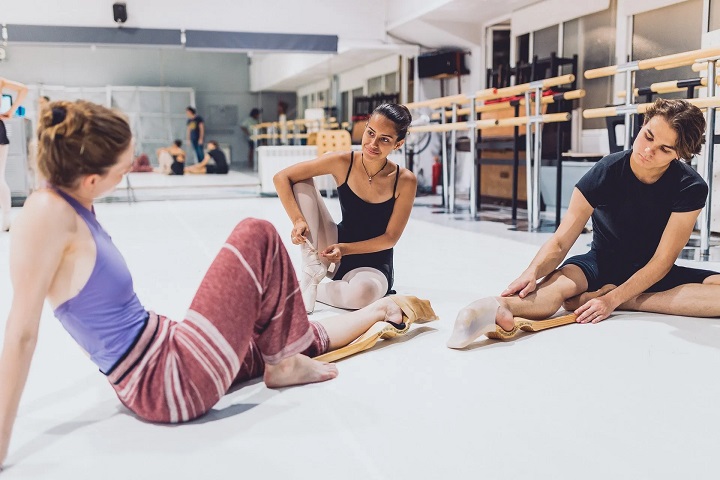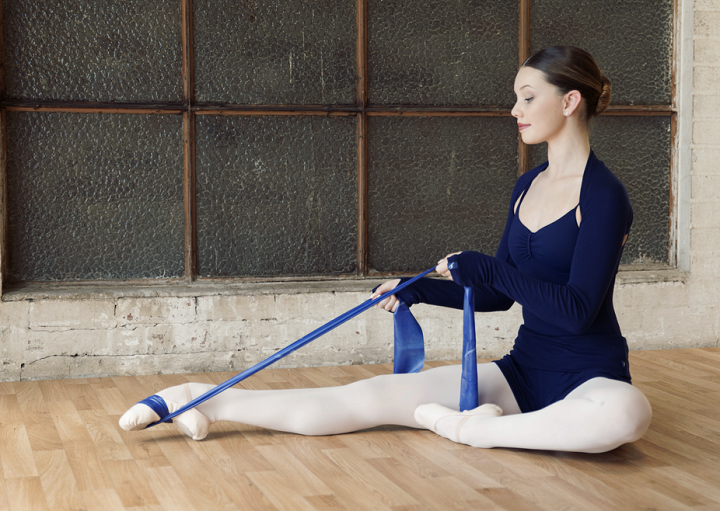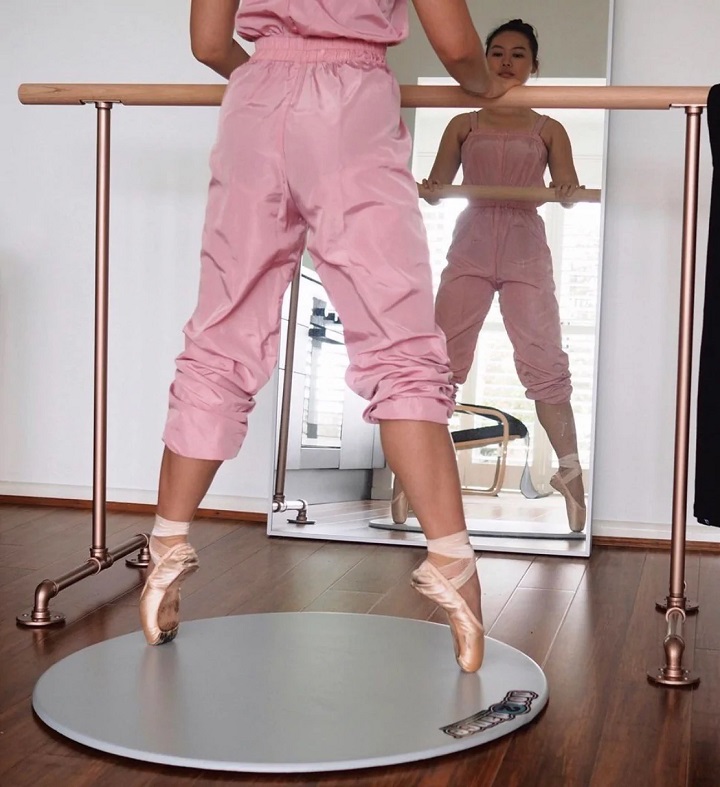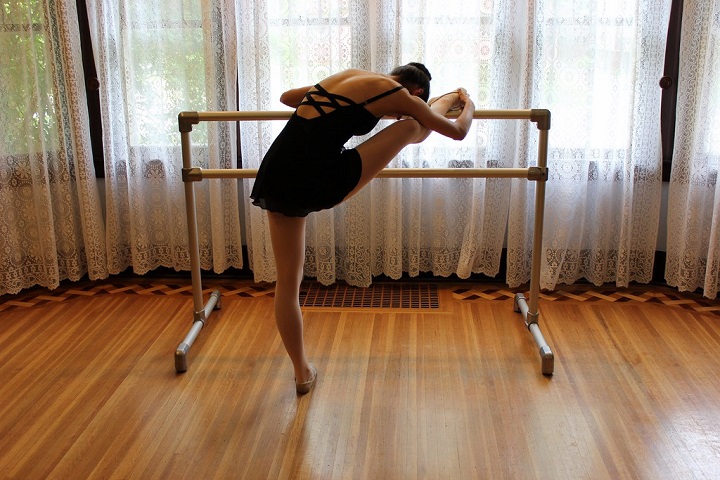Must-Have Ballet Training Equipment to Perfect Your Pirouettes
When starting off, like all beginners, ballet dancers require a variety of equipment to develop, advance, and perfect their craft. After all, the body has some physical limitations that require some assistance. If you’re serious about your dancing, you’ll eventually develop your skills, confidence, and techniques and become less reliant on the training tools. But for now, you’ll need to invest in the following equipment.
Ballet Foot Stretcher

Ballet dancers must stretch their bodies as a whole, including their feet. While resistance bands work for the rest of your body, when it comes to your feet you’ll need to get a special ballet foot stretcher to do this. Your foot will become more flexible as a result, making it easier to execute challenging maneuvers and positions.
Typically, foot stretches are constructed of soft, pleasant wood that is both incredibly durable and screw and splint-free. Ballet foot stretchers for professionals concentrate mostly on pressing, pushing, and pulling the tiptoe instep, legs, and feet while extending the muscles and ligaments for the big, middle, and tiny insteps. Getting your feet into the right form will be simpler if you practice with a foot stretcher.
That said, how to use a foot stretcher to become a better ballet dancer? It all comes down to the following.
- To prevent needless strain, please make sure to stretch your ankles and insteps before using the foot stretcher.
- It is advised that beginners limit their usage to two or three sessions a day of 20 minutes each.
- The tension band can be used alone for strength training when stretching is finished.
- You get a better result when you combine softness with strength training for your legs and insteps.
Resistance Bands

Ballet dancers must stretch frequently because it increases their suppleness. Stretching before and after practice is key for maintaining an injury-free lifestyle. Ballet dancers can benefit more from their stretches and be safer by using resistance bands. You will feel more flexible and have a wider range of motion after using this type of dancing accessory during practice.
It’s important to consider the material a stretch band is constructed of before making your selection. You need something strong and resilient so that it won’t break mid-stretch and injure you. As it will come in contact with your bare flesh, you also want something that will feel nice and be comfortable to use. This is crucial if you are allergic to latex because certain stretch bands include this substance.
Turning Board

To become a better dancer, it’s crucial to master your turns. And to lessen the friction between the foot and the floor, you can lay a turning board under your foot. It is a specially designed piece of plastic. It lessens the resistance and makes it simple for you to spin on a variety of surfaces.
The main purpose of this kind of ballet training accessory is to perform pirouettes. As you begin to learn your pirouettes, the fact that you use relatively little force to generate motion helps you avoid injuries. Additionally, the majority of turning boards have a small bend. This teaches the dancer how to maintain balance more effectively.
For dancers who have learned the turning technique but have trouble spotting, a turning board can be helpful. You can practice spotting quickly so that your pirouettes seem nicer and you don’t become dizzy by rotating on the board as you watch yourself in the mirror.
Portable Ballet Barre

Purchase a portable ballet barre if you want to be able to practice anywhere, including at home. Because portable ballet barres come with a support that keeps them firmly upright, they don’t need to be mounted on the walls. This makes them perfect for on-the-go training.
Make sure the barre you choose has the right height for you, or get one that has an adjustable height. To keep it from slipping on the floor, make sure the ends of the legs are wrapped with rubber or another non-slip material.
Never overextend yourself when practising on a portable barre. If you do, you risk pushing the bar accidentally, falling, and getting wounded. And you definitely don’t want it to happen. Getting hurt means skipping crucial classes or perhaps a performance on stage. To avoid harming yourself while practising, always make sure to follow the safety instructions.
Water Bottle

During strenuous practices, it’s essential to replace the fluids you lose via perspiration, which is why a water bottle with a simple refill system may really help. A lightweight stainless steel container is ideal for throwing in your dance bag. Never bring a glass bottle with you since it could break. Furthermore, even after spending time and effort cleaning out your backpack, microscopic glass fragments might still slip inside and cause serious injury.
If you can not get yourself to drink enough water, there are always ways to make it taste better. Try adding some natural flavouring to your water and energise your ballet practice.






